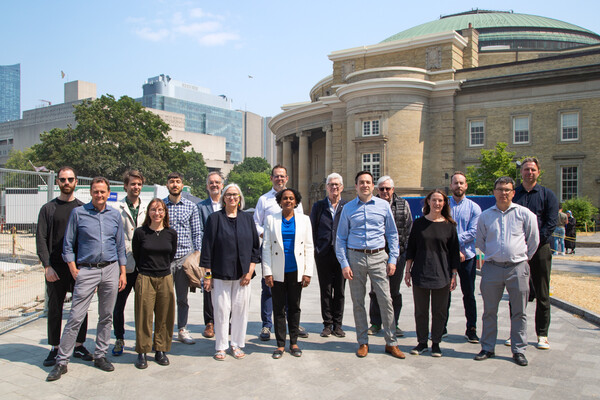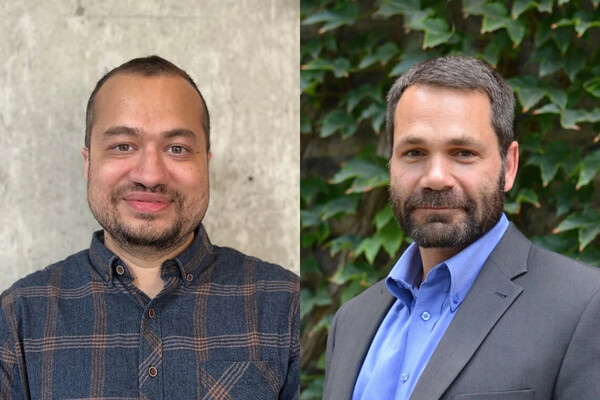Mobile Menu
- Education
- Research
-
Students
- High School Outreach
- Undergraduate & Beyond: Community of Support
- Current Students
- Faculty & Staff
- Alumni
- News & Events
- Giving
- About

As she enters her third year of medical school at the University of Toronto, Jane Jomy is already thinking about how to improve equity in health care.
Jomy is part of a team at the Mississauga Academy of Medicine and Trillium Health Partners that recently identified barriers to sustainable equity-enhancing quality improvement (QI) interventions.
The team screened 5,330 studies and abstracts as part of a scoping review and included 36 for further study. Among this subset, studies focused on the impact of interventions on racial or ethnic communities; people with low incomes; 2SLGBTQ+ communities; people with mental health concerns; and those in underserved communities.
“Although there’s lots of interest in quality improvement work, to date there hasn’t been a great focus on how it impacts people in equity-seeking groups,” says Jomy, who is also working on a project to improve patient flow and minimize toxicity through automation radiotherapy scheduling.
“Even when an intervention is intended as a one-size-fits-all approach, some people may be left behind, which can inadvertently lead to an increase in health disparities.”
For example, take an app-based intervention, says Jomy. People with easy access to tools like smartphones and wi-fi — whether because of socio-economic factors or comfort with technology — will benefit, while people without may miss those benefits.
The researchers found that for health-care providers, barriers to gathering data on equity-deserving populations include the need for greater training, additional supervision and time to participate in QI work.
At the institutional level, the team found barriers including funding, the need for increased patient-partner involvement, and a lack of infrastructure such as standardized collection of ethno-demographic data.
Jomy says that by highlighting these hurdles, the paper could be a resource for others interested in looking at equity-focused QI.
“We need to better understand the gap between the group who benefits and those who don’t. At this point, that discrepancy isn’t being analyzed,” says Jomy. “My hope is that our data will help other researchers set themselves up for success as they embark on further equity-focused QI studies.”
The project was done as part of the Quality Improvement Experiential Student Training program, or QuEST. The year-long co-curricular initiative was established as a complement to the MD Program at U of T’s Temerty Faculty of Medicine and is open to students in all four years of study.
The idea came about in 2020 when a group of medical students with an interest in QI wanted hands-on experience in the field.
They launched the program as a collaboration between the Mississauga Academy of Medicine and Trillium Health Partners, with the help of Professors Shaan Chugh, the MD Program’s theme lead for quality and safety at the time, and Alison Freeland, associate dean, Temerty Medicine, Mississauga Campus.
The group also worked with Amir Ginzburg, executive vice president of quality, risk and practice at Trillium, and Nazia Sharfuddin, QuEST’s faculty chair and the MD Program’s theme lead for quality and safety.
The QuEST program allows students a diversity of experiences through learning in a variety of settings including hospital sites, community-based organizations and long-term care facilities, says Sharfuddin, who is also Trillium’s quality improvement physician lead.
While some projects are specific to various medical specialties, others are thematic and transcend disciplines to explore health equity as a whole and societal challenges like vaccine hesitancy.
Every participating student generates a scholarly product within the first year of the program, from journal publications to abstracts, posters or oral presentation.
“The earlier we can expose our future physicians and health care leaders to QI concepts, the better equipped they will be to use this improvement mindset in their everyday work,” says Sharfuddin.


